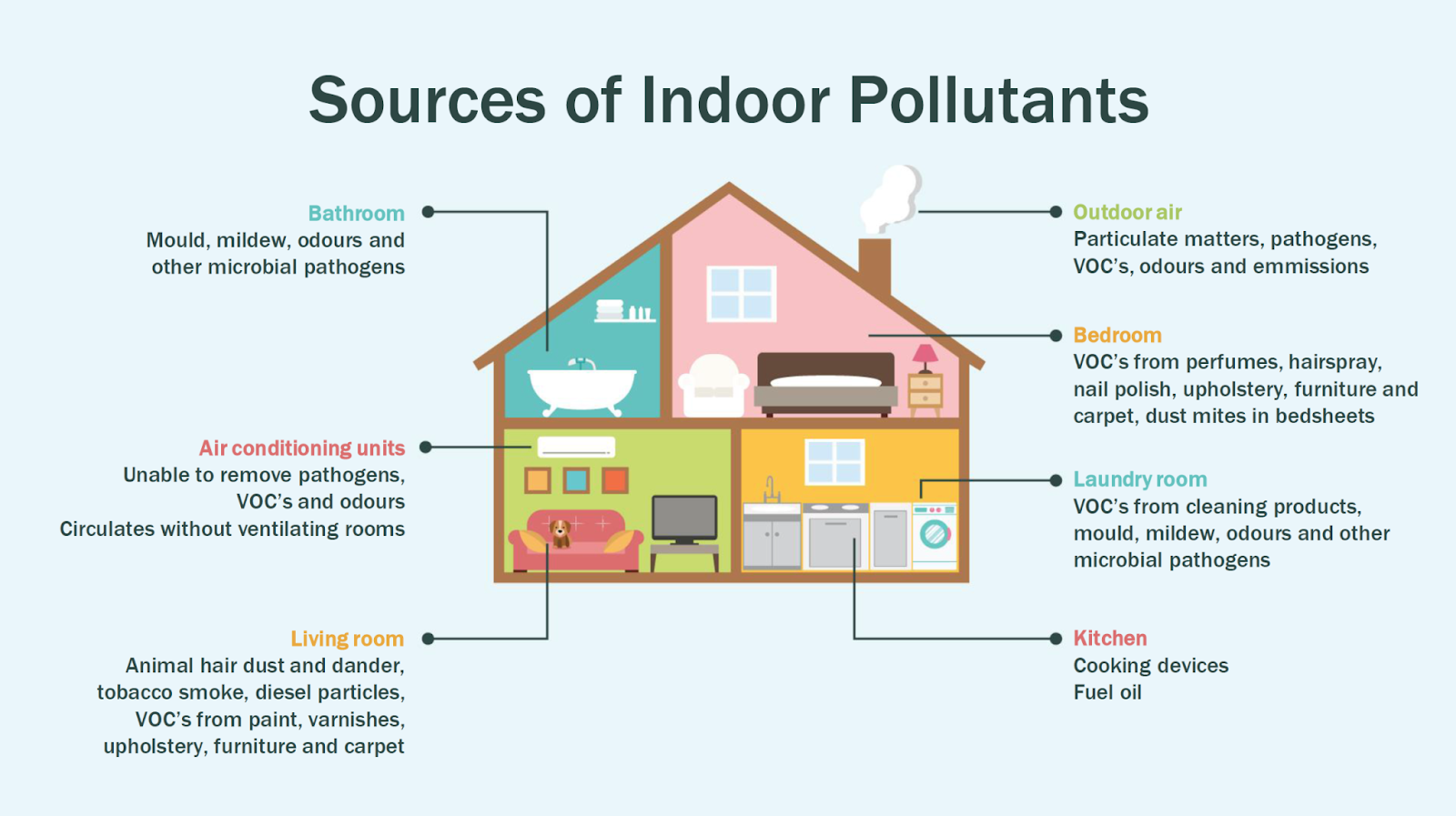How To Improve Your Home's Indoor Air Quality
According to the EPA, Indoor levels of air pollutants are often significantly higher than outdoor levels. As we spend most of our time indoors, the quality of the air we breathe is important to our health! Poor quality air in our homes can cause headaches, respiratory issues and other health problems. Especially with those that have asthma and severe allergies.
Find Out How we can improve your air quality
Thank you for contacting us.
We will get back to you as soon as possible.
We will get back to you as soon as possible.
Oops, there was an error sending your message.
Please try again later.
Please try again later.
Challenge
The primary causes of Indoor Air Problems are:
Inadequate ventilation, high levels of allergens, high humidity levels, airborne chemicals and noxious odors. Fast Response Heating & Cooling is here to assist and improve your indoor air quality.
To learn more about the cause and effects of IAQ, Please visit the EPA website.
Invest in an air-purification system:
(You'll be glad you did!) Look for a whole-home system that combats all major indoor air quality threats like the REME HALO® Whole Home In-Duct Air Purifier. In-duct air purifiers, (UV Lights) are designed to kill many types of fungi, bacteria, germs, viruses and pathogens. Fast Response can have a UV Light installed in just about an hour. Look below for discounts.
Consider a dehumidifier: If you notice the telltale signs of too much humidity, add a whole-home dehumidifier. A stand-alone unit can remove 20 to 60 pints of water per day, while a whole-home dehumidifier can remove 70 to 135 pints.
Change Your Air Filter:
Changing your air filter is one of the best and most cost effective ways to keep your hvac system running at optimal levels. Air filters are used to reduce the amount of dust that reaches the wet coils. Dust can serve as food to grow molds on the wet coils and ducts and can reduce the efficiency of the coils. If your filter is clogged then your system does not get the proper air flow it needs to run efficiently and can cause major issues to your system. Make sure to change your air filter every 30 days unless otherwise noted on your filter.
Don't Have The Time?
Sign up for one of our in-home comfort plans and Fast Response will take on that task for you. Learn More
Get a smart thermostat: Choose a Wi-Fi-enabled thermostat that monitors your home’s humidity levels and air-purification-system filters. Some smart thermostats also track air quality and pollen levels in your area, turning on the purification system when levels are high. Smart thermostats can also help efficiency levels in your home and save you money.
Keep it clean: According to the AAFA, you should vacuum once or twice a week to reduce indoor pollutants, and it's recommended to use a vacuum with a HEPA filter. Also, it is good practice to groom your pets once a week to help eliminate pet dander and fur.
Privacy Policy
| Do Not Share My Information
| Conditions of Use
| Notice and Take Down Policy
| Website Accessibility Policy
© 2025
The content on this website is owned by us and our licensors. Do not copy any content (including images) without our consent.

